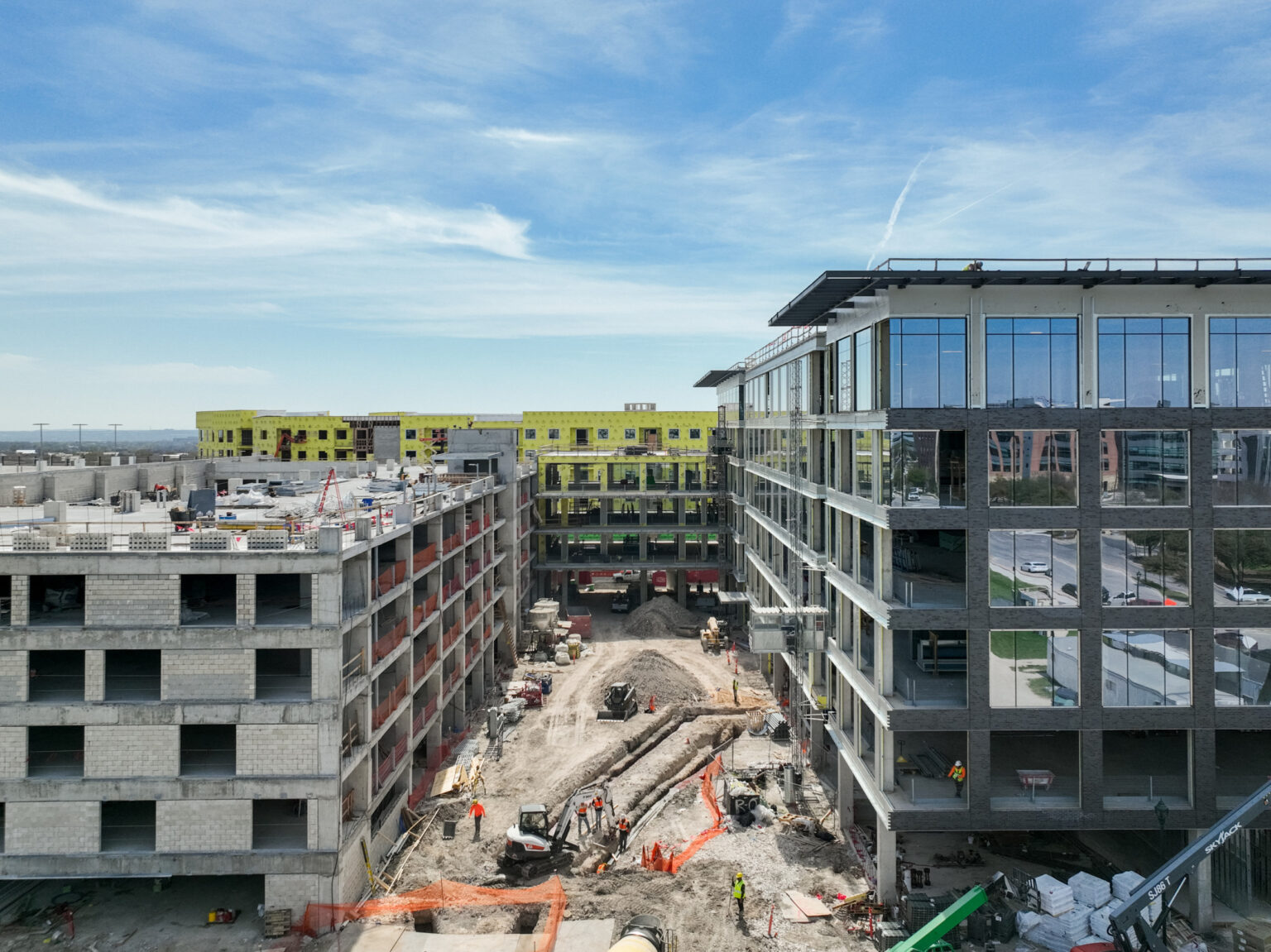While much of the country is being crushed by a housing affordability crisis, living in Austin, Texas, is becoming cheaper as rent prices in the city are dropping faster than anywhere else in the nation.
Last month, according to a new Redfin report, the median asking rent in the Texas capital was down 9.6 percent compared to a year earlier to $1,399—$400 below the record high reached during the pandemic. It was the largest decline in percentage terms among the U.S. metropolitan areas analyzed by the real estate brokerage.
It is great news for those who have chosen as their home the hip and laid-back Southern city, voted by U.S. News Real Estate as one of the best places to live in the country.
Why It Matters
The former pandemic boomtown of Austin has experienced some of the biggest changes in the entire U.S. housing market over the last few years. Both housing and rent prices have been trending down since 2023, as demand for housing in the city cooled down and the city kept building new apartments and new homes.
The flooding of new apartment inventory in the Texas capital continues to bring rent prices down in the city, making renting in Austin a much-more affordable option than homeownership, especially considering that mortgage rates are still hovering around the 7 percent mark. As of May 8, the 30-year fixed-rate mortgage was 6.76 percent, according to Freddie Mac.
What To Know
Over the past few years, Austin built more new apartments than any other city in the country and even in Texas, which together with Florida approved the most new building development projects in the union since the COVID pandemic.
This building boom was driven by the growth in population that the state experienced during the health emergency, when many Americans took advantage of the rise of remote work to relocate to more affordable, more livable cities around the country, such as Austin.
The explosion in new construction projects was also allowed by the fact that the Austin city government has made building new apartments easier in recent years, rewriting zoning laws, cutting parking requirements, and encouraging dense, walkable development.
Cheaper rent greatly benefits Austin renters, who earned an average hourly wage of $33.25 in May 2023, according to data from the Bureau of Labor Statistics (BLS), the equivalent of nearly $70,000 per year. Redfin said the typical U.S. homebuyer needs to earn over $50,000 more than the typical renter to afford monthly housing payments.
But rent prices are falling at the national level as well, even if more modestly than in Austin. According to Redfin data, the median asking rent for studio and one-bedroom apartments fell 1.2 percent year-over-year in April to $1,481 and 1.5 percent for two-bedroom apartments to $1,699. Compared to a month earlier, the median U.S. asking rent rose 1.2 percent.
After Austin, asking rents fell the most in Minneapolis, Minnesota (-7.3 percent); Portland, Oregon (-5.3 percent); San Diego, California (-5.2 percent); and Raleigh, North Carolina (-5.2 percent).
Asking rents rose the most in Cincinnati, Ohio (8.7 percent); Pittsburgh, Pennsylvania (7.5 percent); Baltimore, Maryland (5.9 percent); Birmingham, Alabama (5.8 percent); and Washington, D.C. (5.2 percent).
What People Are Saying
Austin-based Redfin Premier real-estate agent Andrew Vallejo said in a press release: “Many people in Austin are finding that it’s a lot cheaper to rent than buy. You could buy a home and have a monthly mortgage payment of $3,200, but the same home will rent for $1,900. Unless the buyer has a good amount of money for a down payment, renting is way less expensive.”
NerdWallet’s Taryn Phaneuf wrote in a recent report on the Austin rental market: “The story in Austin shows what can happen when cities address one of the biggest hurdles to bringing down housing prices: a lack of inventory. Cities where rents are falling tend to be the ones where multifamily apartment construction ramped up in the past few years. With more housing options for renters and more vacancies for landlords, the market is tipping in renters’ favor.”
What Happens Next
It is yet unclear whether the drop in rent prices in Austin will continue in the coming months. While prices have been falling steadily for two years now, annual permitting activity in the city, which exploded between 2019 and 2022, already started slowing down in 2024.
Lower rental prices and growing vacancy rates could further discourage builders from constructing new apartments, especially as they weigh the potential negative impact of Donald Trump’s tariffs on their sector and activities.
If the existing units start filling up in Austin without as many new apartments being built, then the city could once again face rising rent prices.
Read the full article here

